The upcoming anniversary of the end of World War 2 prompted me to think about the changing use of media propaganda from Art to Social Media - but mainly Art.
Nowadays propaganda is spread by social media - Twitter, Facebook, Instagram. News and adverts are instantly available on Tv and the internet but in the past, the government played subtly to the audience, playing on the emotions but in a less obvious way.
I decided to look at the posters of World War 1 and 2 to see how the artists played on the emotions of the population to get their message across.
N.B.
The Great War 1914 – 1918 (World War 1) will be referred to as WW1
World War 2 1939 – 1945 will be referred to as WW2


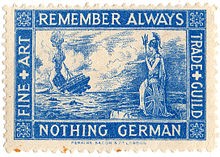
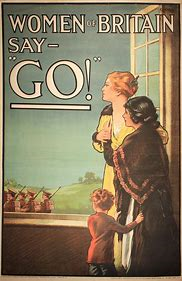
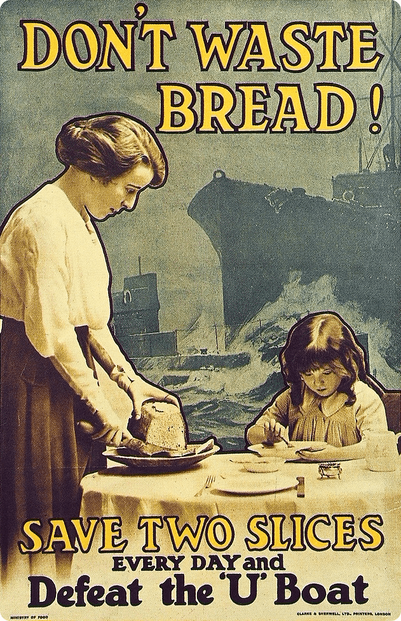
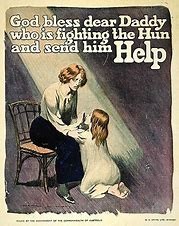
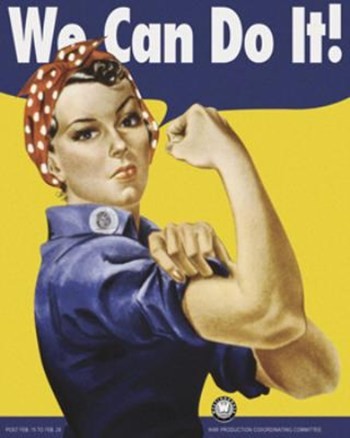
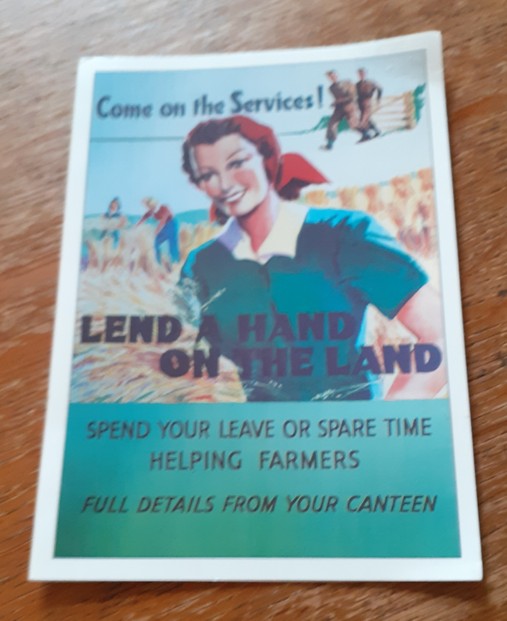
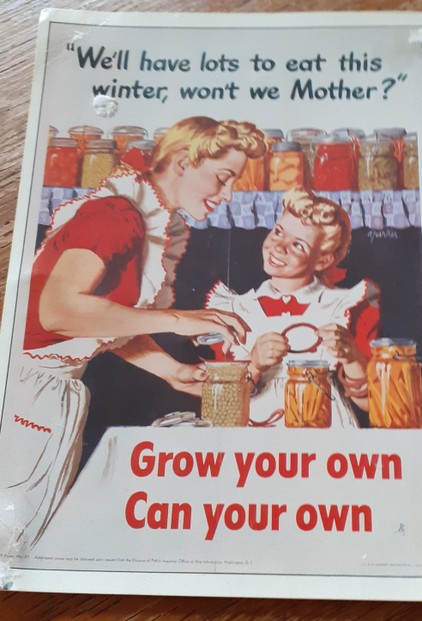
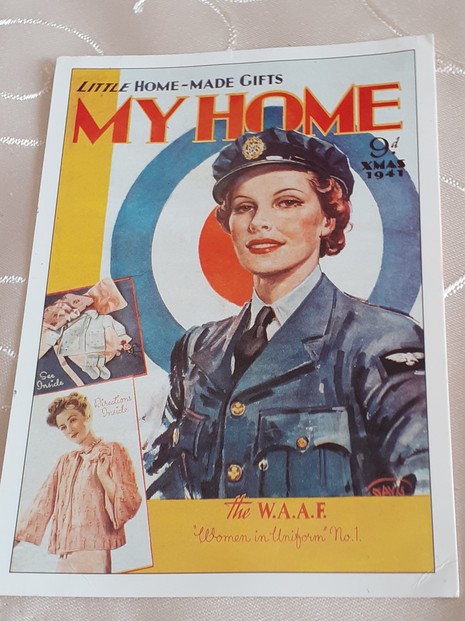
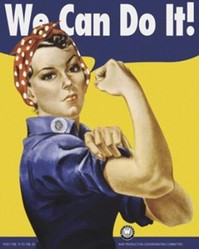

 Blarney Castle and Gardens, County Corkon 06/01/2023
Blarney Castle and Gardens, County Corkon 06/01/2023
 An Cóbh, Corcaigh, Eireon 05/29/2023
An Cóbh, Corcaigh, Eireon 05/29/2023
 Dublin ; The Book of Kellson 04/04/2023
Dublin ; The Book of Kellson 04/04/2023
 The Bee Tree Community CIC;- an online support communityon 08/24/2022
The Bee Tree Community CIC;- an online support communityon 08/24/2022
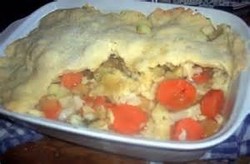
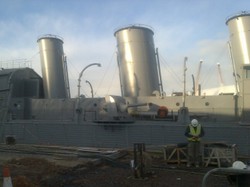
Comments
Veronica, Thank you for the pictures and practicalities.
Does the United Kingdom have a name -- like Rosie the Riveter in the United States -- that goes along with the posters drawing upon feminine competence?
Thank you Tolovaj. I think the artistry with limited resources makes these especially interesting.
Tolovaj
Excellent analysis and comment. I think the artists had to be even more skilled and talented given their limiited resources.
Thanks for sharing these old posters and your thought (comments included). I just recently studied a development of poster art (especially work by John Hassall) which was definitely impacted by the limitations of technology and resources. It's hard to imagine scarcity of everyday stuff like paper, colors etc. in certain environments but this also stimulated artists to find some creative approaches / solutions which would never be tested otherwise.
I guess it works in both ways - art influences politics and politics influences art.
Find the sinking of the RMS Lusitania on Wikipedia and you will see an image closely resembling the image on the stamp.
All this knowledge and information, I am so glad I posted this article.
Gosh BSG
I haven't heard that one about the Lusitania. That is fascinating. and quite feasible too.
I agree about none such propaganda since World War 2. I would suggest though, it is there but so blatant with Tv and social media, that maybe we don't realise it.
BSG, yes indeed …. … we have been doing jigsaws, cleaning the house top to bottom, crosswords, playing solitaire , garden tidying and I have gone back to my art ..I have completed 4 paintings in the last three weeks …. it is tedious staying home but needs must.
All is well here, except there is little to do.
After Pearl Harbor the mood was rather extreme against Japan, and the racist posters were focused on Japan, not Germany.
I was born in 1947, after the war, but my father and uncles were involved. I also recall when we got television the daily newscasts focused on war, since Korea was going strong. I thought, when very young, that war was always part of society. I might not have all that wrong. But none since WWII have had such propaganda.
As for the Lusitania, some historians now believe, based on how rapidly it sank, that ammunition may have been hidden aboard. Has that opinion reached Britain? I know history has national slants.